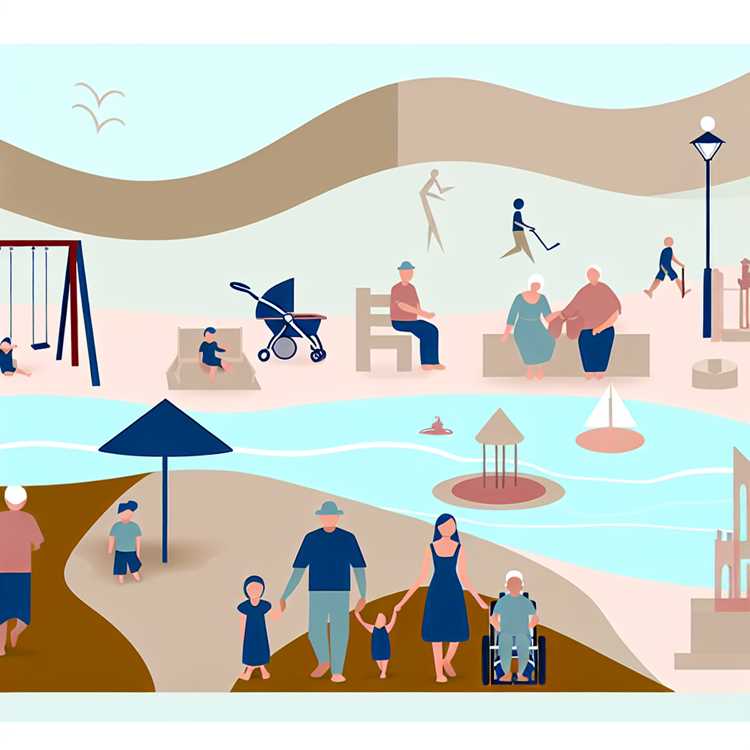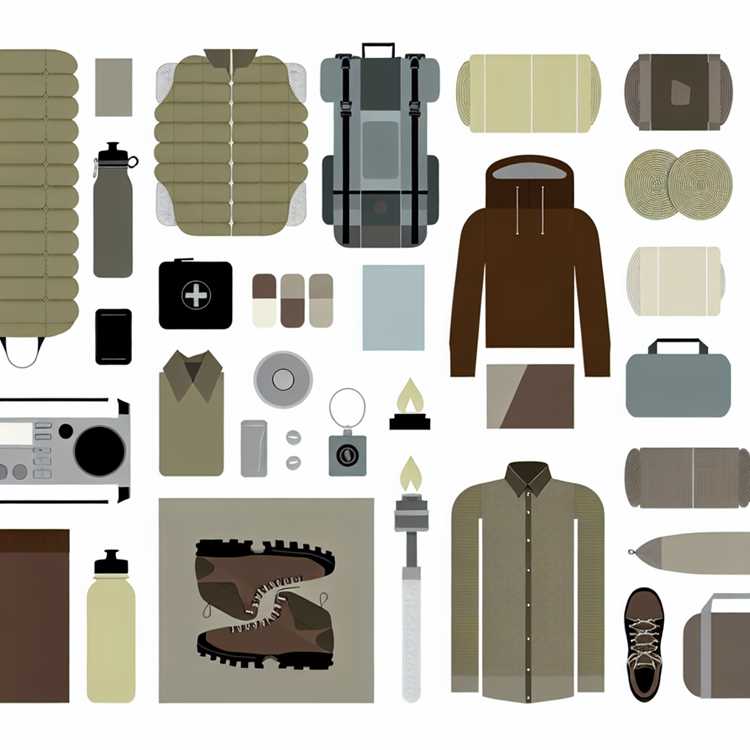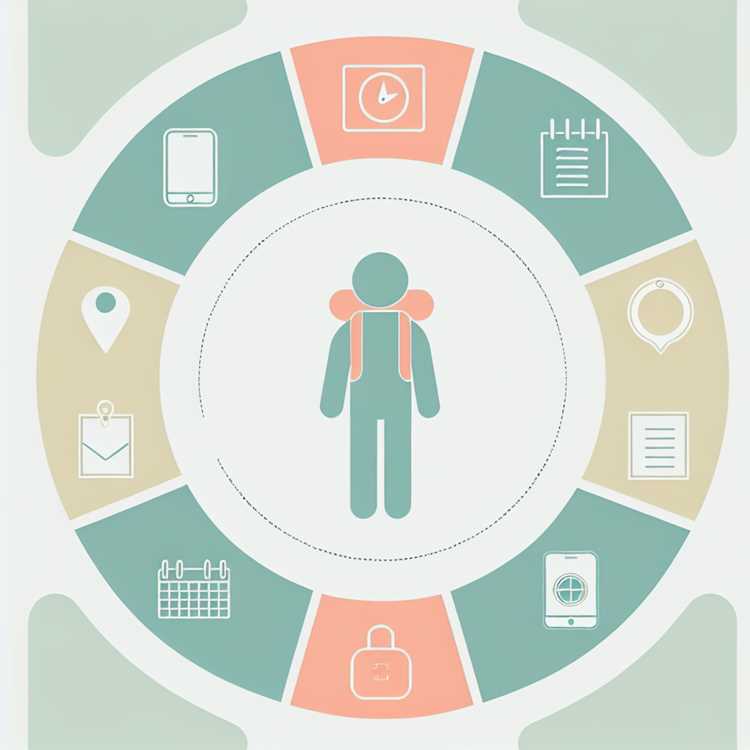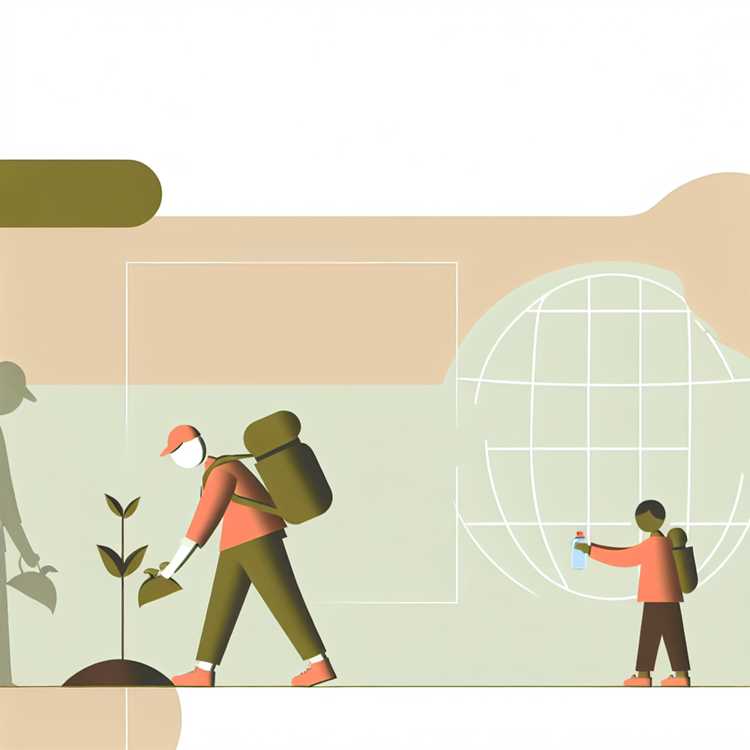
Choose Orlando, Florida for a multi-age itinerary: Walt Disney World has four parks (Magic Kingdom, EPCOT, Hollywood Studios, Animal Kingdom), Universal Orlando offers two parks plus Volcano Bay, and many family hotels provide suites, pools and free shuttles. Allocate 3–4 days for parks and 1–2 days for rest; single-day tickets often start near $100 per person in low season and multi-day passes reduce the per-day cost. Book timed-entry and Lightning Lane/Express options in advance to cut wait times.
Mix wildlife and beach time in San Diego: the San Diego Zoo houses about 3,500 animals across 650 species, requiring roughly 3–4 hours for a focused visit. Follow with La Jolla Cove for a 30–60 minute seal and tidepool viewing. Purchase zoo tickets online for a timed entry and reserve parking or public-transit passes before arrival to save up to 30 minutes at peak hours.
Opt for accessible national-park experiences when you want open-air options: Yellowstone’s Old Faithful averages an eruption interval near 90 minutes, and most thermal basins feature paved boardwalks under 1 mile that work with strollers and mobility aids. Reserve park lodgings 6–12 months ahead for summer travel and plan morning or late-afternoon visits to avoid midday crowds and reduce heat exposure for younger and older travelers.
Pick European cities that make getting around simple for families. Copenhagen offers flat streets, bike rentals with child seats, and hands-on museums like Experimentarium that entertain ages 3–15; reserve bike seats and museum time slots online. For year-round sun with short flights from several hubs, Tenerife provides lifeguarded beaches and family resorts with shallow pools and on-site childcare.
Booking and logistics tips: request connecting rooms or suites at least 48 hours before arrival, confirm cribs or rollaway beds in writing, and pre-book child car seats with rental agencies. Use city attraction passes to combine top sites into a single purchase, and choose accommodations with kitchenettes to simplify meals for selective eaters.
Match activities to age groups and energy levels: toddlers benefit from aquariums and splash pads with 1–2 hour visits; teens respond well to one high-energy experience per trip (surf lessons commonly run 1.5–2 hours and typically cost $60–$120 depending on location and instructor); grandparents often prefer one seated cultural attraction per day and transfer times under 60 minutes. Confirm accessibility features and reserve priority seating where available to keep each day comfortable for every generation.
How to Choose Wheelchair-Accessible Attractions and Routes
Choose attractions that list ramp slopes, door clearances, restroom layouts and route surfaces on their accessibility page.
Concrete site features to check
- Ramp slope: aim for 1:12 or gentler (1 inch rise per 12 inches run) for long ramps; request photos of handrails and landings.
- Door and gate clearances: request a minimum 32 in (81 cm) clear opening; wide automatic doors reduce transfers and bottlenecks.
- Turning space: ensure a 60 in (152 cm) clear turning circle in restrooms and key rooms or wide passing zones for two-way traffic.
- Elevators and lifts: confirm interior dimensions and door width; ask about call-button height and audible/visual indicators.
- Path surface and edges: prefer firm, level surfaces (concrete, compacted pavers) and thresholds under ½ in (13 mm) or ramped transitions.
- Accessible restrooms and changing facilities: verify adult-sized changing tables, grab bars, clear floor space and transfer clearance measurements.
- Accessible parking and drop-off: check stall width, van-access signage, distance from entrance and surface slope between stall and route.
- Seating and viewing areas: request details about companion seating, removable seats, and sightlines for shows or exhibits.
Practical verification and booking steps
- Call the venue with three specific requests: a photo of the route from parking to entrance, exact measurements for doors/elevators/restrooms, and confirmation of staff assistance availability.
- Use Google Street View or venue virtual tours to preview curb cuts, sidewalks and entry points; cross-check with recent visitor photos.
- Reserve accessible parking, seating, and any required assistance in writing (email confirmation). Note pick-up/drop-off procedure and timing.
- Ask about power access for mobility-device charging and the presence of secure, level places to park charging equipment.
- Request an on-site contact for day-of coordination and a backup route if one segment is unexpectedly closed.
- Measure your own wheelchair or mobility device and carry a small tape measure; compare dimensions to venue specs before finalizing plans.
- Confirm toilet room door swing and transfer side; ask whether signage and staff directions are clear for first-time visitors.
Use a short checklist on your phone with the venue’s answers and photos. If a venue cannot provide clear measurements or an on-site contact, choose an alternative that documents accessibility features transparently.
Picking Accommodations with Interconnecting Rooms and Kitchenettes
Book two interconnecting rooms with a kitchenette when you need private sleeping spaces plus the convenience of simple meal prep; this setup keeps noise separated, reduces dining costs, and gives toddlers a quiet nap area while adults prepare snacks.
What to verify before booking
Ask the property for a floor plan and confirm the connecting door is operational and lockable from the inside; verify number of bathrooms (one per room or an extra half-bath) and whether doors are sound-insulated. Request photos or video of the kitchenette: target features include a refrigerator with 3–4 cu ft capacity, a microwave rated 700–1000 W, a sink at least 6 inches deep, and a two-burner cooktop or induction plate. Confirm cookware and tableware counts (plates, bowls, glasses for at least the number of guests), and whether the property provides a kettle, toaster and basic utensils.
Compare rates: many hotels price two standard connecting rooms 10–25% lower than a branded two-room suite – check nightly rates plus per-stay cleaning or kitchenette-use fees. Ask about rollaway and crib rules (most properties allow one rollaway per room; fees commonly range $10–$30/night) and any refundable deposits for kitchenware.
Arrival checklist and practical tips
Call the hotel 48–72 hours before arrival to reconfirm the connection and the kitchenette inventory. On check-in, test the connecting door, run the microwave and refrigerator, and inspect the sink and hotplate. If a child or senior travels with you, request ground-floor connecting rooms or rooms near elevators and place the person with mobility needs in the room closest to the bathroom.
Pack a compact kit: plug-in outlet covers, a travel sponge and dish soap (small bottles fit airline rules), silicone lids for reheating, and a collapsible dish tub. For safety, bring cord organizers and a battery night light. If you plan to cook frequently, ask about local grocery delivery windows and whether the property supplies trash bags and recycling bins.
If any promised feature is missing or the connecting door is sealed, request an immediate room change or a rate adjustment; hotels will usually resolve kitchenette stocking issues same day if contacted promptly.
Planning a Single Day of Activities for Toddlers, Teens, and Seniors
Plan three activity blocks–morning active, midday flexible, afternoon calm–and assign clear time windows so each age group gets appropriate stimulation, rest, and meals.
Timing and energy guidelines
- Toddlers: 10–30 minute focused activities; one nap of 60–120 minutes; total awake-active time in bursts with 15–30 minute quiet breaks.
- Teens: 45–90 minute sessions for high-engagement activities; allow 30–60 minute social/free time between planned items.
- Seniors: 20–45 minute active intervals (walking, gentle games); 30–60 minute seated rest or snack breaks; factor in mobility pace and restroom stops.
Sample schedule (9:00–17:00)
- 09:00–10:30 – Morning active block
- Toddlers: sensory play area or short nature walk (10–20 min walk + 20 min play).
- Teens: local cycling route, skate park, or team mini-challenge (45–60 min).
- Seniors: flat scenic walk or guided garden tour (20–40 min at comfortable speed).
- 10:30–11:00 – Snack & transition
- Provide portable snacks: cut fruit, cheese sticks, crackers; water bottles for everyone.
- Use a shaded bench or sheltered spot for toddlers to unwind; offer a short rest for seniors.
- 11:00–13:00 – Midday flexible block
- Shared option: interactive museum wing with seating zones – toddlers enjoy tactile exhibits, teens try tech displays, seniors use audio tours and chairs.
- Alternative split: caregivers rotate between a 30–45 minute teen activity and a toddler nap/quiet time while a second adult accompanies seniors.
- 13:00–14:00 – Lunch and downtime
- Choose a venue with step-free access and varied menu (soft foods for toddlers, protein options for active teens, low-sodium choices for seniors).
- Schedule a 30–60 minute seated rest after food for toddlers and seniors.
- 14:00–15:30 – Afternoon calm block
- Toddlers: quiet story corner or splash pad (supervised, 15–30 min).
- Teens: low-key activity like mini-golf, cafés with board games, or photo walk (45–60 min).
- Seniors: craft session, birdwatching from benches, or short musical performance (30–45 min).
- 15:30–17:00 – Flexible wrap-up
- Offer two parallel options and let groups self-select; keep final 20–30 minutes purely relaxed for packing and restroom needs.
- Plan an exit buffer of 15–20 minutes to avoid rushed transfers or transport.
Choose locations within a 15–25 minute drive of each other to limit transit fatigue and maximize activity time.
- Activity ideas by group:
- Toddlers: splash pads, petting farms, shaded playgrounds, sensory boxes.
- Teens: street-art walks, escape rooms with teen-friendly difficulty, sports courts, photography scavenger hunts.
- Seniors: botanical gardens, historical sites with seating, gentle guided tours, daytime concerts.
- Shared activities that work:
- Puppet shows, hands-on science centers, farmer’s markets, accessible nature trails with frequent benches.
- Choose venues that provide multi-age engagement levels and clear seating/rest areas.
Packing & logistics checklist
- Documents: IDs, medication lists, emergency contact cards for each person.
- Health & comfort: portable first-aid kit, spare diapers/wipes, pain reliever (per prescriptions), sunscreen, hats.
- Mobility & seating: foldable lightweight chair or travel cushion, walking cane or stroller as needed.
- Food & hydration: pre-portioned snacks, refillable water bottles, allergy-safe options.
- Timing tools: watch or phone timers to signal transitions; printed schedule for caregivers and teens.
Safety and accessibility tips
- Call venues ahead to confirm step-free routes, accessible restrooms, and seating availability.
- Designate a two-person check-in routine every 30–45 minutes with toddlers and seniors to prevent separation.
- Limit single-day travel to under 90 minutes total transit to preserve energy for activities.
- Adjust pace: if one group tires, switch to a lower-intensity option and extend rest periods by 15–30 minutes.
Use this plan as a template: set precise time blocks, pack for comfort and medical needs, and prioritize frequent short breaks so toddlers, teens, and seniors each get stimulation and rest throughout the day.
Finding Destinations with On-site Medical Clinics and Pharmacies
Choose accommodations that explicitly list on-site medical clinics and pharmacies, then call to confirm services, hours, staff credentials, language support, and billing policies before you book.
What to verify with any property
Ask whether the clinic provides pediatric care, basic labs, IV fluids, wound care, and medication dispensing; confirm if a licensed physician or emergency-trained clinician is on-call 24/7. Request the exact distance and road time to the nearest full hospital and the method and cost of emergency transport. Verify whether the on-site pharmacy stocks common prescription families (antibiotics, asthma inhalers, epinephrine auto-injectors) and whether they can fill foreign prescriptions or require local prescriptions.
Confirm billing practices: accept your insurance, direct billing, credit card, or cash only; obtain an itemized price list for common services so you can compare. Check language availability and telemedicine options for specialist consultations.
Quick family checklist before travel
Prepare a pocket folder with active prescriptions, allergy and immunization records, pediatric dosing instructions, your insurer’s international contact number, and written consent for minors traveling. Pack a 7–14 day supply of critical medications and note equivalent generic names. Bring copies of EpiPen prescriptions and spare delivery devices if children use them. Ask the property whether they maintain pediatric dosing charts and child-sized equipment.
| Destination type | Typical on-site clinic | Pharmacy availability | Key questions to ask |
|---|---|---|---|
| Large resort / family hotel | Often staffed with nurse or physician, urgent care-level treatment | On-site or nearby 24-hour pharmacy common | Hours, pediatric meds stocked, insurance billing, ambulance arrangements |
| Cruise ship | Medical centre with physician and emergency protocols; limited diagnostics | Ship pharmacy for prescriptions and OTC meds | Cost of treatment, evacuation policy, pediatric supplies availability |
| Ski resort / mountain lodge | First aid stations; some resorts have seasonal clinics with urgent care | Small on-site shops; full pharmacies often in nearest town | Estimated transfer time to hospital, altitude-related care, on-call medics |
| National park lodge / remote cabin | Usually first-aid only; some parks have ranger medics or seasonal clinics | Pharmacies typically distant; bring extra prescriptions | Evacuation options, satellite/phone coverage, supply of critical meds |
| Urban hotel / serviced apartment | Nearby clinics and hospitals within 10–30 minutes | Multiple 24-hour pharmacies often within walking distance | Nearest emergency department address, in-network providers, pediatric access |
Purchase travel medical insurance that includes medical evacuation and repatriation coverage if the destination has limited on-site capabilities, and save emergency contact numbers on your phone and printed copy. For country-specific health pages and vaccination guidance consult the CDC Travelers’ Health site: https://wwwnc.cdc.gov/travel.
Budgeting Family Trips: Sharing Costs, Deals, and Passes
Split fixed trip expenses using weighted person-nights: assign adult=1, child 5–12=0.5, child 0–4=0.2, then divide the total by the sum of weights; example – total transport+accommodation $1,400, weights 1+1+0.5+0.5=3, per-share $467, adults pay $467 each, children pay $233.50 each.
How to split costs and save on lodging & transport
Calculate per-person shares for accommodation, car hire and package tours with this formula: total cost ÷ sum(weights) = one share. Compare a single family room vs two standard rooms: family room $150/night vs two rooms $240/night saves $90/night (38%). For car rentals, choose one vehicle with roof box when fuel & parking for two cars exceed 20% of rental cost. For flights, combine adult and child bookings on the same PNR when airlines allow child discounts or lap-infant fares; in many markets infants cost 10–25% of an adult fare or a small fixed fee.
Pool daily food using grocery runs and one restaurant meal: self-catering can cut a family’s food spend from about $75/day to $40/day–roughly 45% savings. Track shared spending with Splitwise, Tricount or a shared spreadsheet; settle debts weekly to avoid surprises.
Deals, passes and timing to buy
Book flights and accommodations with these timing ranges for typical savings: domestic flights 3–8 weeks out (savings roughly 5–20% vs last-minute fares), international 2–6 months out (savings commonly 10–25%), and book midweek stays to reduce nightly rates by 10–40% depending on destination. Use fare-alerts on Google Flights, Skyscanner or Kayak and set price thresholds to trigger purchases.
Buy attraction and transport passes when the planned itinerary includes multiple paid entries: city attraction passes often cut total admission by about 30–50% if you visit 3–6 paid sites. Compare single-ticket totals vs multi-attraction passes and check the per-day cost on multi-day cards – a 3-day pass at $90 equals $30/day; if single tickets would total $140, the pass saves $50 (36%). Annual or membership passes pay off quickly: if a museum day ticket is $25 and annual membership is $75, the third visit already makes the membership cheaper.
Check national and regional travel cards: transit day/weekly passes typically beat single fares when you take 3–6 short trips per day (savings 40–60%). Look for family rail tickets or railcards that reduce fares by about one-third or provide steep child discounts; verify age cutoffs and seat reservations. In the U.S., a federal annual park pass currently costs $80 per vehicle and covers most national parks for 12 months – buy the pass when two or more paid entries would exceed $80.
Use credit-card travel bonuses and targeted cashback (2–5% on travel) to reduce net cost; redeem points for flights or 1–3 night hotel stays to cut a family trip by hundreds of dollars. Always check attraction age policies, blackout dates on passes and refund rules before purchasing. Set a clear buying rule: buy a pass when projected paid-entry total minus pass cost ≥ 20% savings versus single tickets.
Booking Transport: Tips for Stress-Free Flights, Trains, and Road Trips with Kids and Elders
Choose non-stop flights whenever possible and aim for mid-morning departures (09:00–11:30). Non-stop reduces transfer stress; mid-morning flights have lower cancellation and peak-traffic risk than early red-eyes or late-afternoon waves at many airports.
Book early: domestic air travel 6–8 weeks ahead; international 3–6 months for best seat availability. For popular train routes and sleeper cabins, reserve 30–90 days ahead, and during school holidays move these windows earlier by 4–8 weeks.
Pick seats with roles in mind: give toddlers a window seat for leaning and distraction; assign elders an aisle seat near the lavatory for easy access; choose bulkhead rows when a bassinet is needed, but allow that bulkhead removes under-seat storage during taxi/takeoff. Check seat pitch: standard economy ~30–32″, comfortable options start at 34″+; pay for a 34″+ seat if mobility or leg circulation is a concern (typical upgrade cost domestic $15–60, international $30–150).
Request mobility or special assistance via the carrier’s website or phone at least 48–72 hours before departure. Specify gate-to-gate needs, help with steps, or stretcher service. Carry a short medical note for prescription meds and mobility limitations, plus spare glasses and extra hearing-aid batteries in your carry-on.
On trains, reserve a private compartment or adjacent seats so families and elders stay together; many operators offer family rooms or accessible seats–book these early. For overnight travel, reserve a sleeper/couchette to let small children and elders rest flat and maintain routines.
For road travel, limit continuous driving to 2–3 hours between stops and plan 4–6 driving hours per day (≈250–400 miles / 400–640 km). Rotate drivers every 2–3 hours. Use properly installed child restraints that meet local standards (US FMVSS 213, EU i-Size/R129 or ECE R44/04). Rent vehicles with ISOFIX/LATCH anchors if you won’t bring your own seats.
Assemble a travel-ready medical and documentation kit: printed and digital copies of passports, IDs, insurance cards, medication lists and prescriptions, and one emergency contact sheet. Store this kit in a carry-on or easily accessible bag. Pre-download boarding passes, offline maps, and entertainment; keep chargers and a battery pack handy.
Pack snacks in resealable portions (protein + fiber) and bring refillable water bottles empty through security. For quick comfort on planes and trains, bring a compact pillow, light blanket, compression socks for elders, and motion-sickness remedies if needed.
Check in 24 hours before departure, reconfirm seat assignments, and re-check at gate for available adjacent seats. Select connections with at least 60–90 minutes domestic and 120 minutes international minimum; add extra time when traveling with strollers or mobility aids.
Buy travel insurance that includes trip-delay and medical coverage with stated limits; confirm baggage and mobility-aid protection. Enroll in airline notifications and set SMS or app alerts for gate changes. Keep local roadside assistance (AAA or regional equivalent) and rental emergency numbers saved in your phone and on a paper card.
Q&A:
How do I choose a destination that works well for both toddlers and grandparents?
Look for short travel times and easy transfers, and pick a base with medical services nearby. Flat routes, smooth sidewalks and rooms on the ground floor or with elevators reduce strain for older adults; for toddlers, check for daycare options, child-friendly menus and safe play areas. Prioritize places with a mix of quiet spots and gentle activities such as short park walks, calm beaches or botanical gardens so everyone can take breaks as needed. Call hotels or hostels ahead to confirm room layout, crib availability and any mobility assistance.
Which affordable family destinations offer things that appeal to teenagers and parents alike?
Look at small cities or coastal towns that combine outdoor options with cultural attractions: beaches with surf schools, regional parks with easy hikes, and cities with interactive museums and live music. National or state parks often have ranger programs and scenic outings that teens enjoy, while parents can appreciate lower entrance fees and picnic-friendly areas. Travel during shoulder seasons to save on lodging and avoid crowds; buy local attraction passes or city cards to cut costs. Choose accommodation with kitchen facilities and laundry so longer stays become cheaper, and plan a few free activities like markets, waterfront promenades or public festivals to balance paid excursions.
How can I plan an itinerary that balances active days and rest for a multigenerational family?
Set a gentle rhythm: alternate full activity days with half-days or rest days so older adults and young children have downtime. Build travel around short transfers and limit long drives or multiple flights in a single day. Reserve mixed activities that allow everyone to participate at their own pace—museum mornings followed by park afternoons, or a sightseeing boat trip with an easy return to the hotel for naps. Pick lodging with communal space and basic kitchen facilities so small meals and quiet hours are convenient. Pack medications, mobility aids and a small first-aid kit, and confirm seating or shuttle options ahead of time. Sample seven-day plan: arrival and rest day; easy city or shore walk; half-day museum then free afternoon; beach or park with picnic; short local excursion or scenic drive; free morning plus group dinner; departure. Keep at least one backup low-effort option in case weather or energy levels change.
Are there destinations known for good accessibility for families traveling with a child who uses a wheelchair?
Many Northern and Western European cities offer wide sidewalks, curb cuts and accessible public transit, and several U.S. and Canadian cities provide robust access to museums, parks and attractions. Major theme parks and larger resorts often have guest services for mobility needs and adapted rooms; check their accessibility pages and contact guest services before booking. Some national parks have paved or short accessible trails and visitor centers with ramps. Arrange airport assistance and ground transport in advance, look for hotels with accessible bathrooms and lifts, and consider renting mobility equipment or an adapted van locally rather than transporting bulky gear. Carry up-to-date medical records and prescriptions, and make a list of nearby medical facilities at your destination for added peace of mind.




